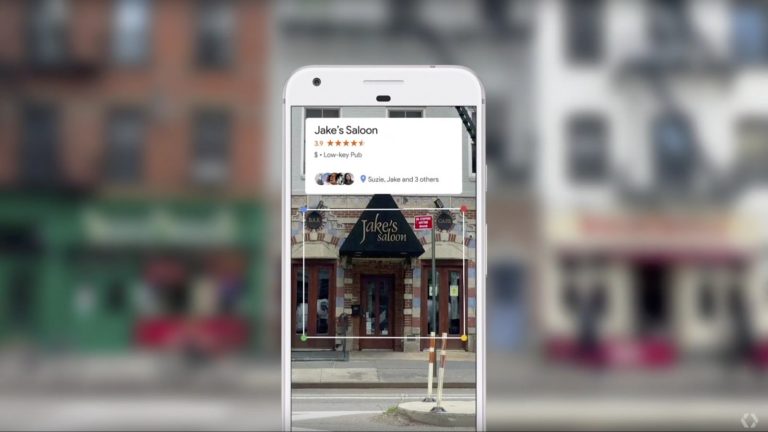
The metaverse continues to be a runaway train of hype and speculation. But that’s not to say its future-gazing is a frivolous endeavor. There are legitimate discussions underway as a thought exercise for mapping out our connected future – likely involving a 3D version of today’s web.
But though that 3D connected web is the common metaverse connotation, there could be a separate track that occurs in the real world. Also what we call the metavearth, this is all about infusing digital depth and dimension to physical places… a potentially more valuable outcome.
Part of that value will be monetization. Regardless of which metaverse track materializes, it will be adapted for marketing purposes for better or worse. And like past emerging tech, this could start with big brands, then trickle down to small businesses (SMBs) – a massive long-tail market.
When looking at this progression of brand adoption followed by SMBs, we’ve seen this cycle play out with past emerging tech including the desktop web, smartphone, and social media. Put another way, SMB adoption is a trailing indicator. Will the same happen for metaverse marketing?
Statues to Storefronts
Stepping back, what is “metaverse marketing?” All things metaverse are shrouded in ambiguity so require some definition….which is somehow missed in generalist punditry about how the metaverse will change everything. It won’t change everything but rather elevate a few things.
One example of metaverse marketing is what Wendy’s has done. This goes back to the first metaverse “track” above (the 3D web). This new flavor of marketing seems intimidating but Wendy’s conceptualized it as simply an additional point of engagement with new audiences.
In other words, rather than getting carried away in advanced concepts like selling virtual goods, it’s more about extending a brand’s presence….just like with social media. They can be present in places like Roblox or Horizon Worlds so users can interact in fun and native ways.
As for the second metaverse “track” (physical-world infusions), this is where it gets more “local.” One example is visual search, a la Google Lens, where users (especially camera-native Gen-Z), hold up their phones up to identify and interact with everything from statues to storefronts.
The New SEO
And that brings us back to SMBs. If visual search becomes a thing, it could engender a new flavor of SEO where local businesses optimize their presence to show up correctly in (visual) search results. This is analogous to the SEO they already do to rank in Google SERPs and Maps.
And like local SEO today, it will be all about organizing and updating business info and metadata. The concept may be similar but the data itself will be more visual. We’re talking spatial maps of storefronts and other visual data so cameras can “localize” and identify them with Google Lens.
In that sense, think of the real-world metaverse as a sort of “Internet of places.” And just like Google created immense value indexing the web for 20+ years, it now wants to index the physical world to make it (visually) searchable. And it’s already started to build that index.
Either way, the question remains: Will SMBs get on board? Going back to historical lessons, they’ll need lots of help. This may signal an opportunity to SMB marketing players like Yelp. Or will metaverse-native players like Living Cities have an edge? It will likely be a bit of both.

